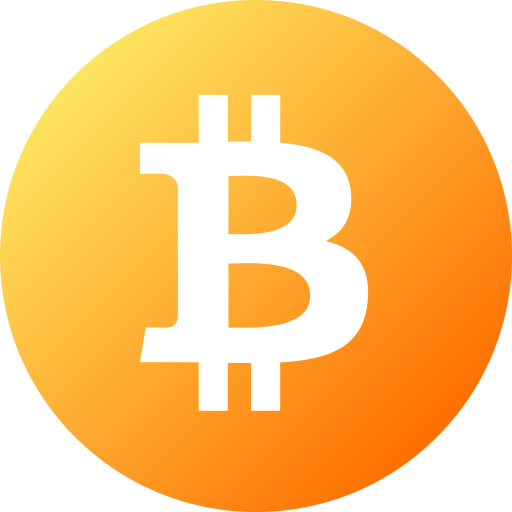Markets, Mt. Gox, Interviews, Mark Karpeles, Auctions The unique, hand-written signal turned the image of bitcoin’s first monetary disaster.
One chilly February morning in 2014, Kolin Burges stood exterior Mt. Gox’s Tokyo workplace, clutching a handwritten cardboard signal and demanding solutions from the bitcoin trade’s CEO, Mark Karpeles, about his lacking tokens.
Eleven years later, the long-lasting signal, emblematic of crypto’s first major financial scandal, is being auctioned on Scare.City with a reserve value of 4.5 BTC ($383,000). The sale begins later Friday and ends April 3.
“At the time, it didn’t even cross my mind it could become valuable,” Burges mentioned in an interview with CoinDesk in Hong Kong. “I thought maybe I’d write a book someday, but the sign itself never seemed important. It’s remarkable how things have evolved.”
Burges had flown from London to Tokyo after Mt. Gox, then the world’s largest bitcoin trade, mysteriously froze withdrawals.

“I woke up one morning and knew I had to go to Tokyo,” Burges recalled. “I did not actually have an in depth plan. I simply knew I needed to be there.
“When the withdrawal didn’t arrive, I started feeling this growing sense of dread. At first, I wasn’t 100% sure, but as time went on, it became increasingly clear something was very wrong.”
His impromptu protest shortly gained worldwide media consideration, even attracting the discover of mainstream financial press like the Wall Street Journal.
Burges recalled these preliminary days in Tokyo as dreamlike and virtually otherworldly.
“The moment I confronted Karpeles was intense,” he remembered. “I demanded answers, but he just brushed me off, blaming technical issues. It felt surreal, standing there in the snow, knowing something major was unfolding.”
As Burges protested exterior Mt. Gox’s places of work, the trade’s makes an attempt to mitigate the general public fallout turned more and more evident.
“Mt. Gox kept dangling hope, but everyone could see the situation spiraling out of control,” Burges mentioned. “They even invited us inside to protest privately. Anything to remove us from public view. It was ridiculous and desperate.”
Burges recollects how over drinks, somebody from Mt. Gox, whom he declined to call, privately pressured him to chop it out.
“At one point, Mt. Gox representatives met me secretly, warning that continued protests would cause the exchange to collapse and everyone would lose their bitcoins,” he mentioned. “That conversation made it clear they knew more than they admitted, and the situation was far worse than publicly acknowledged.”
Then, Burges recollects, one consultant tried paying for his or her drinks with a Mt. Gox bank card — and it was declined.
“It was an ominous sign their banking relationships were unraveling,” Burges mentioned.
Mt. Gox filed for bankruptcy in February 2014, days after Burges began his protest.
Seven years later, Karpeles was found innocent of embezzlement in a Tokyo courtroom, whereas receiving a suspended sentence for manipulating knowledge.
Last September, Karpeles arrange a new crypto exchange, EllipX. He additionally established a crypto ratings firm referred to as Ungox in 2022.
In an interview with CoinDesk on the sidelines of Korea Blockchain Week in August 2024, Karples said that if he had fashionable blockchain analytical instruments in 2014, and third-party custodians, Mt. Gox “wouldn’t have happened.”
CoinDesk: Bitcoin, Ethereum, Crypto News and Price Data Read More
